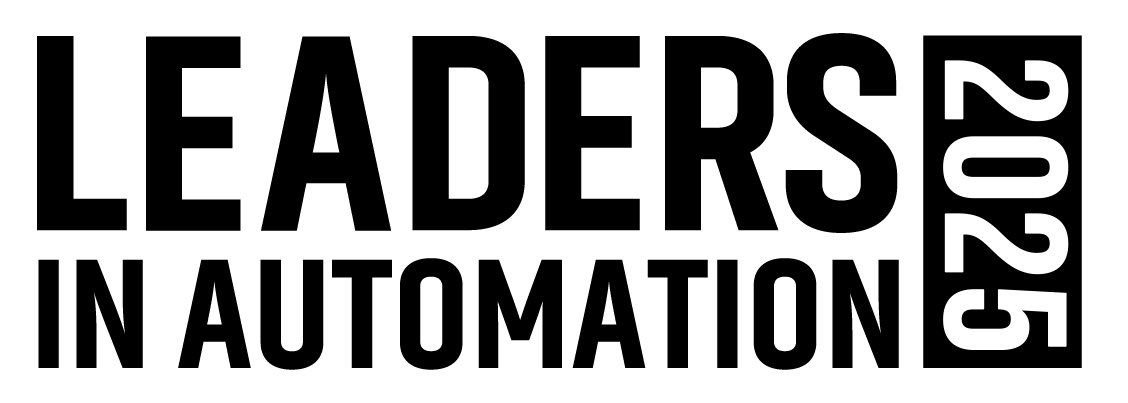The growth rate in the U.S. economy as measured by U.S. Industrial Production has slowed to 3.2 percent, down from the high water mark of 4.4 percent established in March 2005 and on target with our forecast. Internal and external factors suggest that the rate of growth will slow through about the middle of 2006. We would suggest that you use the next few months to get ready for a busier second half of 2006 and an even more robust 2007.
We suggest that you use the next six months to evaluate marketing programs, production capabilities and delivery/distribution efficiencies for a busy time ahead. Inventory levels should be trimmed through the near term but not at the expense of stretching out delivery times later in the year.
Upbeat outlook
Our upbeat outlook for the latter half of 2006 and for 2007 is in part driven by the rising trends now occurring in two key leading indicators, the Purchasing Managers Index and corporate bond prices. Housing starts are stable and should soon be swinging into a sustainable cyclical rising trend. Retail sales are a solid 4.9 percent ahead of this time last year, more than sufficient to keep the economy on a positive footing.
Capacity utilization rates are encouraging. The total capacity utilization rate in November stands at 80.2 percent, rivaling the 80.3 percent high point for 2005, which was the best since October 2000. The manufacturing capacity utilization rate of 79.2 percent is the best since October 2000 as well. These numbers bode well for machinery sales, nonresidential construction, raw materials usage and even potential gains in manufacturing employment.
Dangers to the economy exist, but appear manageable at this time. Energy prices are stable for the moment, but the potential exists for a rapid change in the supply side of the equation owing to political instabilities and/or storms, earthquakes or other natural phenomena. While the potential for disruption has always existed, the current lack of excess production capacity (at the well head and refineries) increases the risk of price spikes. Feed stock users and higher energy consumers should expect costs to increase in the latter half of 2006.
A rapid rise in interest rates would also quickly choke off economic growth and change the outlook for 2006 and 2007. A rapid fall in the dollar on the global market and/or a rapid onset of inflation at the producer or consumer level would most likely lead the Federal Reserve Board to hike rates faster than we are currently anticipating.
Industrial production in China is 14.6 percent above last year, and growth is relatively stable at that pace. However, the rate of rise is modest by historical terms, and there is a possibility that the current rising trend may see some deceleration in the near term. We think a deceleration in the rising trend is probable based on the trend developments in North America and Europe.
Part of the rapid rise in Industrial production has meant excess capacity has developed in certain segments. China has greatly increased production capacity in steel, aluminum and paper over the past year. As worldwide demand slows, the risks increase for increasingly price-competitive exports to come on the world market.
The global economies are expected to expand with more vigor as a result of the resurgent strength in the U.S. economy. Plan on increased export potential late in 2006 and through 2007.
About the Author

Leaders relevant to this article: